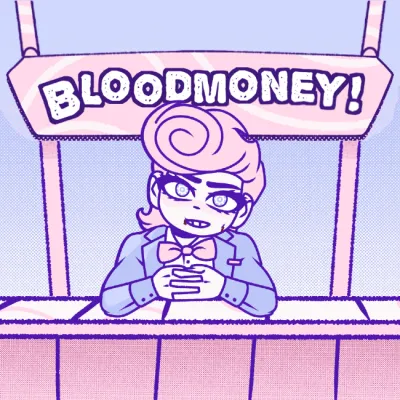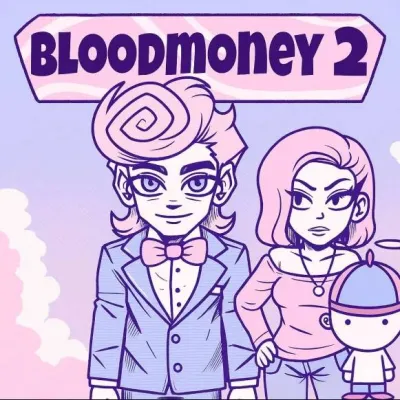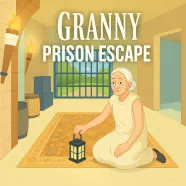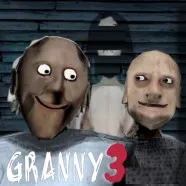The Architecture of Dread: An Analysis of Horror and Meaning in Undead Corridor
The game ends, but the hallway lingers in your mind. Undead Corridor is a profound piece of interactive art that uses its minimalist design to create a maximal sense of dread. For those who have walked its looping path and are left with more questions than answers, this analysis is for you. We will not be telling you how to beat the game. We will be exploring *why* it is so terrifying. We will dissect its brilliant use of liminal space and the "less is more" philosophy, analyze its subversion of player agency, and explore the deep, symbolic meaning that makes Undead Corridor an unforgettable psychological horror experience.
The Horror of the Loop: Trapped in Liminal Space
The primary source of horror in Undead Corridor is its masterful use of a "liminal space." A hallway is a place of transition, a place you pass through to get somewhere else. It is not a destination. By trapping the player in an endlessly looping hallway, the game creates a profound sense of psychological discomfort. You are permanently stuck in a state of "in-between." This feeling of being trapped in a place where you don't belong is a powerful and unsettling foundation, and it is the core of the atmospheric dread in Undead Corridor.
Subverting Expectations: The Power of Non-Confrontation
For decades, video games have trained us to confront our enemies. When a monster appears, we are meant to fight it, shoot it, or run from it in a dramatic chase. Undead Corridor brilliantly subverts this expectation.
The Only Winning Move is Not to Play
The game's single, crucial mechanic—turning around and walking away from the entity—is a profound statement on powerlessness. It teaches the player that confrontation is futile. Staring at the monster or trying to approach it leads to failure. The only way to "win" is to disengage, to refuse to participate in the traditional horror confrontation. This mechanic is what makes the entity in Undead Corridor so terrifying; it is a problem you cannot solve, only avoid.
The Unspoken Narrative: A Symbolic Journey
Undead Corridor tells a powerful story without a single word of dialogue. The journey through the hallway is a deep and resonant metaphor.
Theory 1: A Journey Through Purgatory
The most common interpretation is that the corridor is a form of purgatory or a personal hell. The endless, repetitive walk is a penance. The subtle corruptions of the environment represent a descent into deeper, more tormented layers of the afterlife. The entity is a demonic warden or a fellow damned soul. The final red hallway is the ultimate judgment or the deepest circle of this hell. This classic interpretation fits the game's oppressive atmosphere perfectly and is a core part of the fan lore surrounding Undead Corridor.
Theory 2: A Metaphor for Anxiety or Rumination
A more psychological interpretation views the corridor as a metaphor for a looping, anxious thought pattern or the act of ruminating on a past trauma. The endless, unchanging environment mirrors the feeling of being "stuck" in one's own head, unable to move forward. The terrifying entity represents the intrusive thought or the traumatic memory itself. The game's central mechanic—turning away—becomes a powerful symbol for a real-life coping mechanism: choosing not to engage with the negative thought, to turn your attention away and let it pass. This reading transforms Undead Corridor into a profound statement on mental health.
Conclusion: The Fear of the Familiar
Undead Corridor is a masterpiece of minimalist horror. It understands that true, lasting dread doesn't come from a monster's design, but from the corruption of a safe and familiar space. It weaponizes the simple act of walking and turns it into a harrowing test of nerve. By trapping us in a liminal loop and forcing us to confront a threat we cannot fight, the game creates a unique and deeply personal horror experience that is impossible to forget. The genius of Undead Corridor is that it proves the most terrifying place in the world can be a single, empty hallway.























